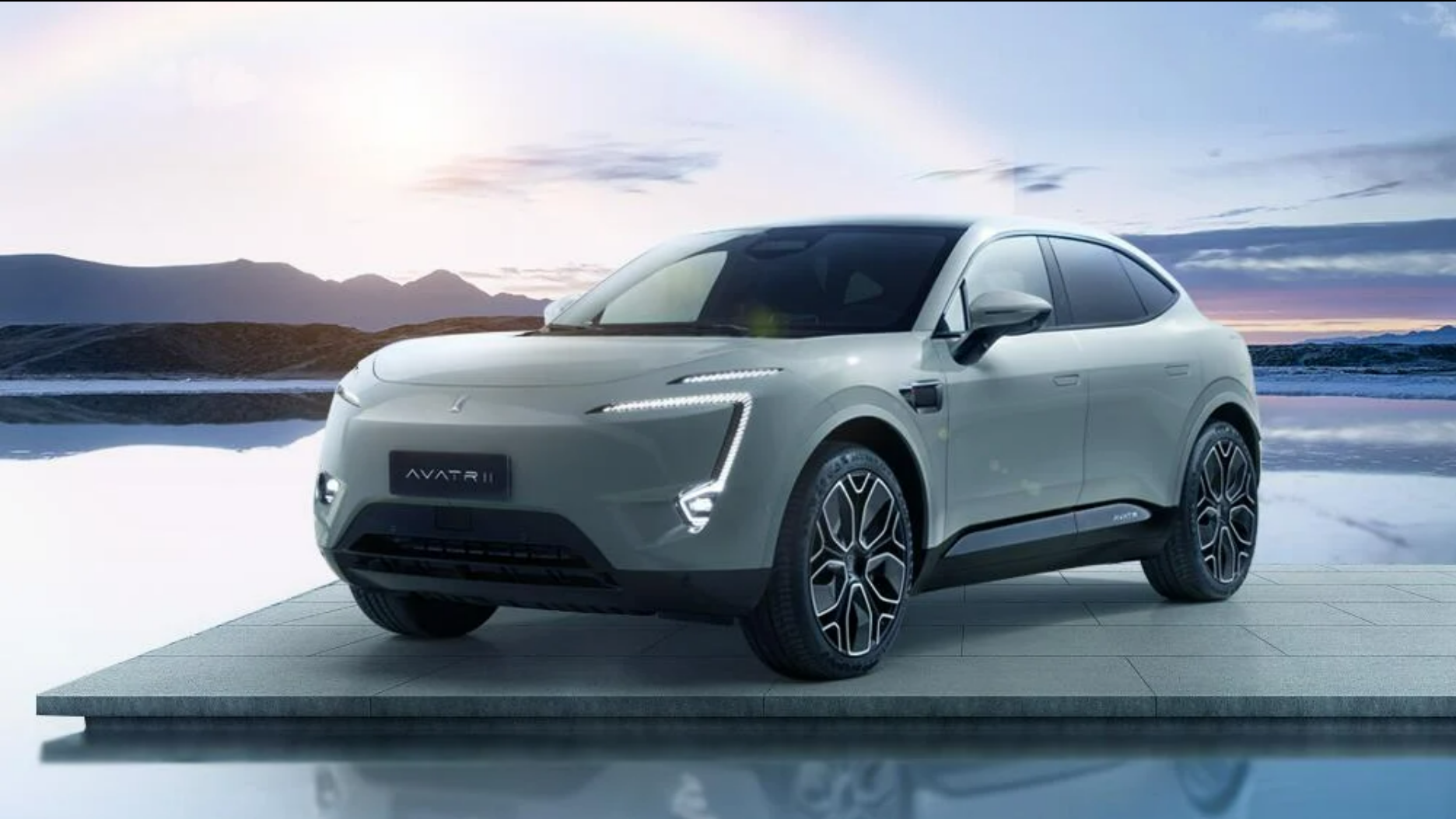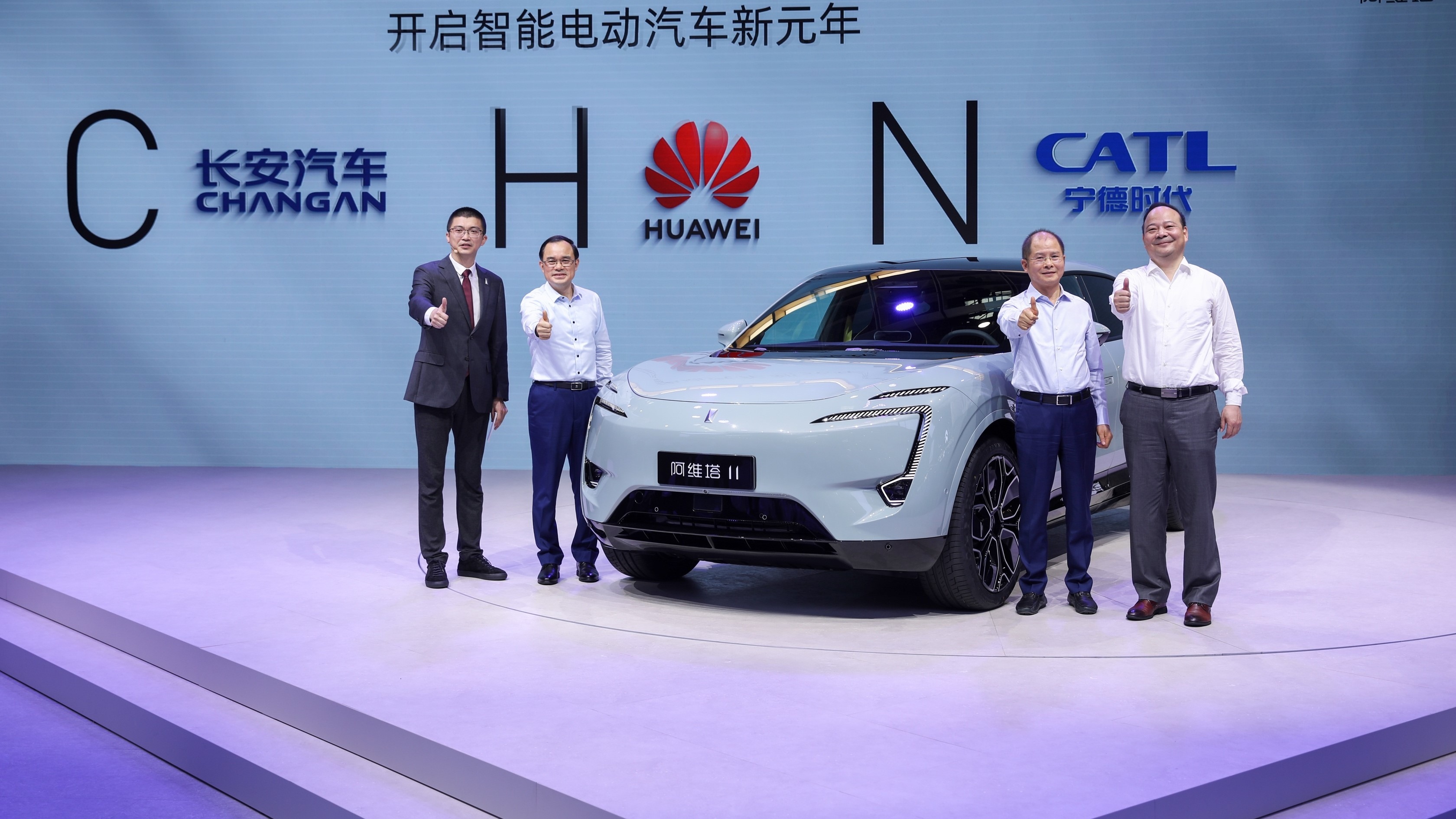Huawei to co-develop 4 new EVs - All details here
The first car Avatr 11 will be out in Aug

Tech giant Huawei Technologies has forged a partnership with the Avatr Technology, the high-end smart electric vehicle brand previously known as Changan NIO,to develop four electric vehicle models by 2025. Avatr also has battery manufacturer CATL on board.
The EV models will be based on CHN, a smart platform co-developed by Huawei, Changan, and CATL. The first model of the brand, the previously announced Avatr 11, will be officially launched on August 8. Avatr will be equipped with CATL's well-known cell-to-pack battery tech. The new vehicle will come in two variants --- in ranges of 555kms and 680kms. The battery voltage is said to be 750 volts, and battery recharge for 200 kilometres can be done in ten minutes.
What will Huawei bring to the table

The new CHN platform is not only meant to refer to 'China', but also stands for the parties involved: C refers to Changan, H for Huawei and the N stands for CATL’s headquarters in Ningde.
The CHN platform is expected to feature not only high-performance, long-range cars but also strong computing power, high intelligence and reliable safety functions.
The new platform will support cars with a wheelbase of up to 3,100 mm and various vehicle types such as sedans, SUVs, MPVs and crossover models, and is compatible with two-wheel drive and four-wheel drive transmissions.
CATL will provide the power battery technology, while Avatr will handle the production and development. CATL will focus on electrical systems, energy management, and charging networks.
Huawei will be responsible for developing the self-driving and smart cockpit software systems. It will handle technological development and will have no equity stake in the automaker.
Sign up for breaking news, reviews, opinion, top tech deals, and more.
Avatr 11 itself will be equipped with Huawei’s smart driving, intelligent network, smart electrification, and full-track smart vehicle solutions, as well as its smart vehicle cloud services.
According to Chinese media, the car was designed by a German design team in Munich. The car sports a flowing look with rounded edges in combination with a closed front end and a striking, narrow headlight design. It also comes with LiDAR sensors at the front and the sides.

Over three decades as a journalist covering current affairs, politics, sports and now technology. Former Editor of News Today, writer of humour columns across publications and a hardcore cricket and cinema enthusiast. He writes about technology trends and suggest movies and shows to watch on OTT platforms.